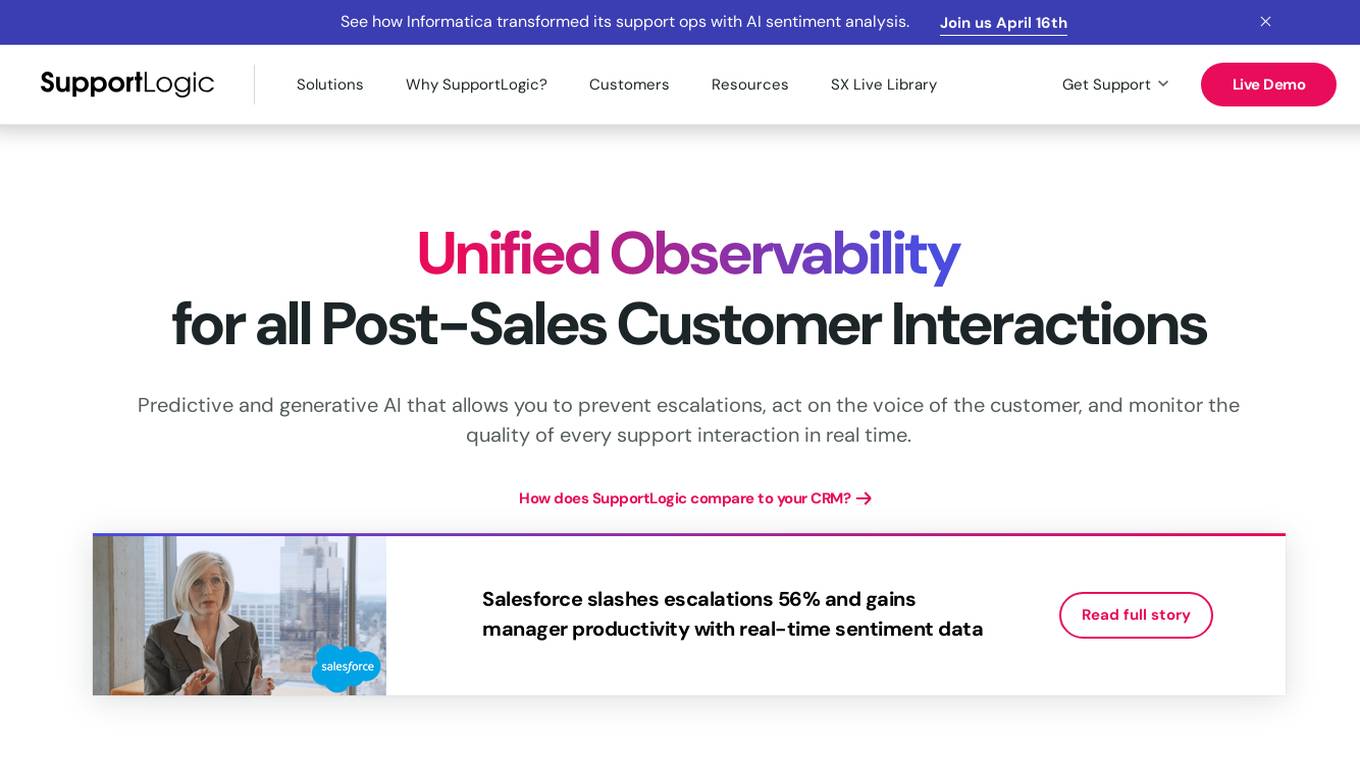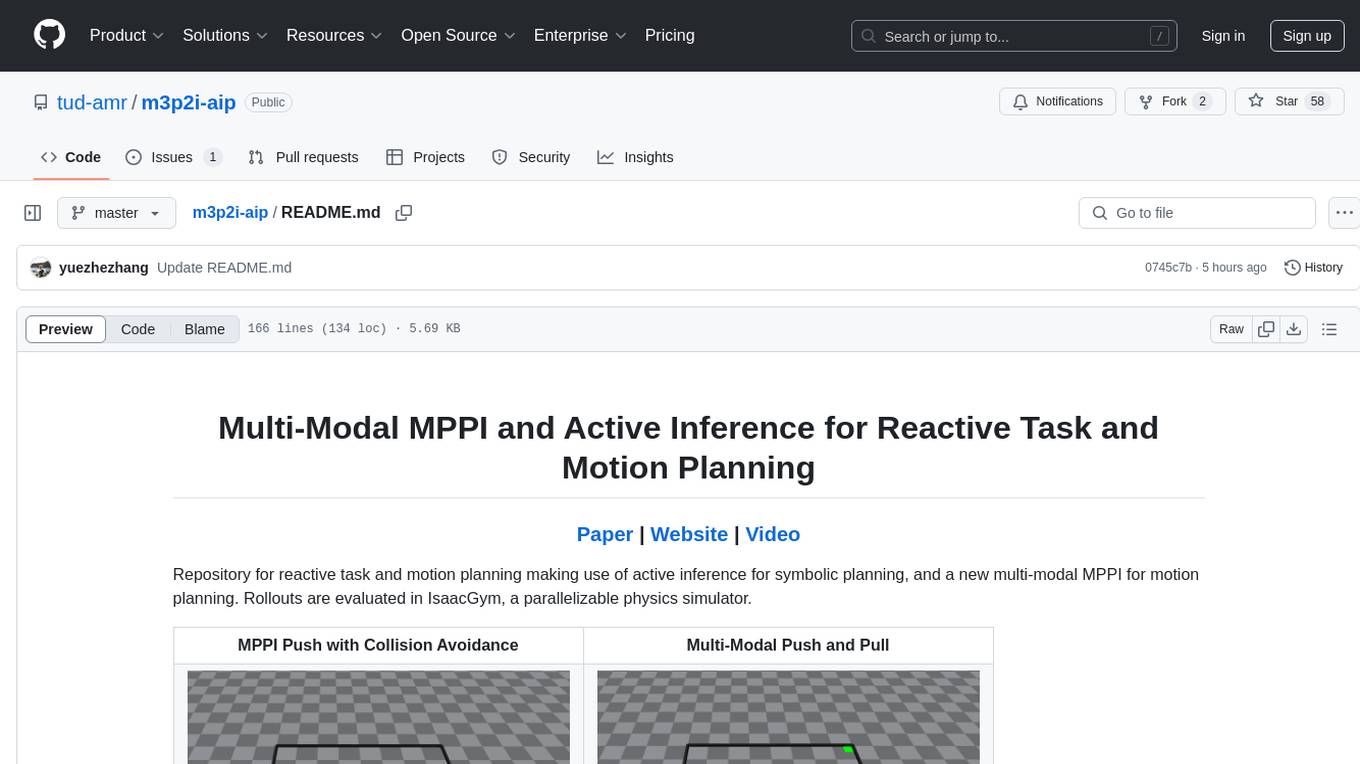Best AI tools for< Reactive Pick >
4 - AI tool Sites

SupportLogic
SupportLogic is a cloud-based support experience management platform that uses AI to help businesses improve their customer support operations. The platform provides a range of features, including sentiment analysis, case routing, and quality monitoring, that can help businesses to identify and resolve customer issues quickly and efficiently. SupportLogic also offers a number of integrations with popular CRM and ticketing systems, making it easy to implement and use.

BforeAI
BforeAI is an AI-powered platform that specializes in fighting cyberthreats with intelligence. The platform offers predictive security solutions to prevent phishing, spoofing, impersonation, hijacking, ransomware, online fraud, and data exfiltration. BforeAI uses cutting-edge AI technology for behavioral analysis and predictive results, going beyond reactive blocklists to predict and prevent attacks before they occur. The platform caters to various industries such as financial, manufacturing, retail, and media & entertainment, providing tailored solutions to address unique security challenges.

GetSound.ai
GetSound.ai is an instant deep-focus application designed to help users unleash productivity and minimize distractions by providing deep focus music, background music, and the best music for studying. The app utilizes revolutionary technology to create distraction-free soundscapes, offering users a novel and immersive audio experience to enhance focus, relaxation, and mindfulness sessions. With real-time soundscapes tailored to the user's environment, including weather-reactive features, GetSound.ai aims to transform the user's workspace into a tranquil and productive setting.

Copilot
Copilot is a smart tech application designed for cyclists to enhance safety and provide peace of mind while riding. It leverages artificial intelligence to constantly monitor the road behind the cyclist, alerting them to approaching vehicles and potential dangers. Through a combination of audible and visual alerts, Copilot aims to prevent crashes and ensure a safer cycling experience. The application also features an Ultimate Protection System that records rides with video evidence, customizable audio alerts, and reactive light patterns to communicate with drivers. Copilot's advanced AI technology anticipates hazards before they occur, offering a comprehensive safety solution for cyclists.
1 - Open Source AI Tools

m3p2i-aip
Repository for reactive task and motion planning using active inference for symbolic planning and multi-modal MPPI for motion planning. Rollouts are evaluated in IsaacGym, a parallelizable physics simulator. The tool provides functionalities for push, pull, pick, and multi-modal push-pull tasks with collision avoidance.

